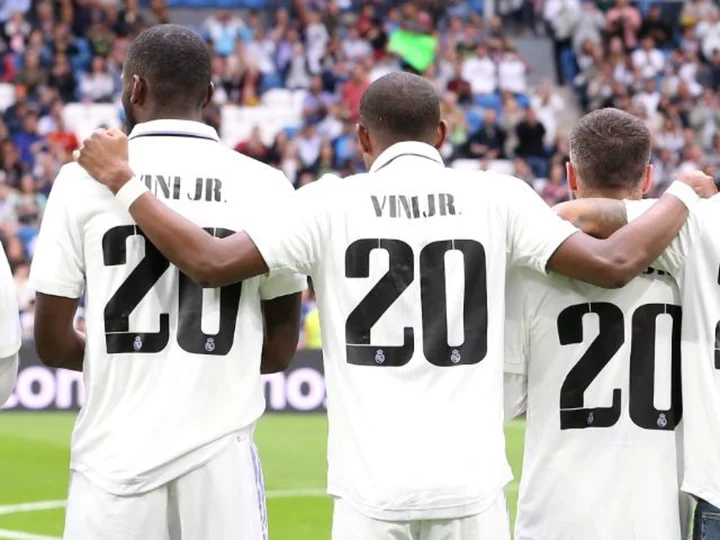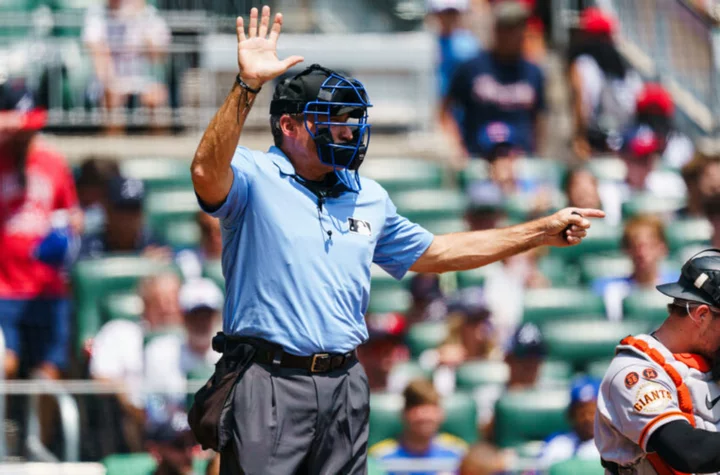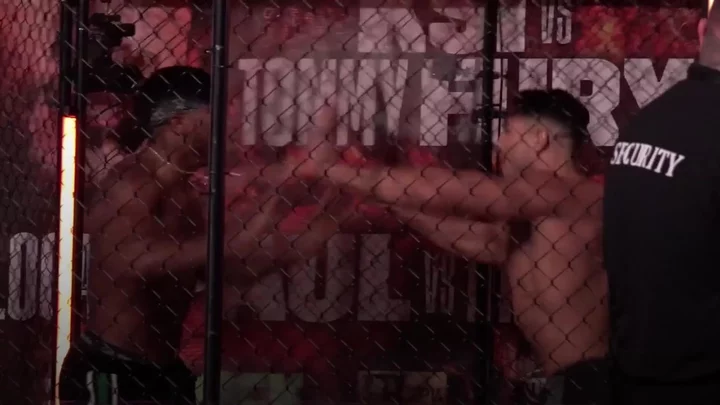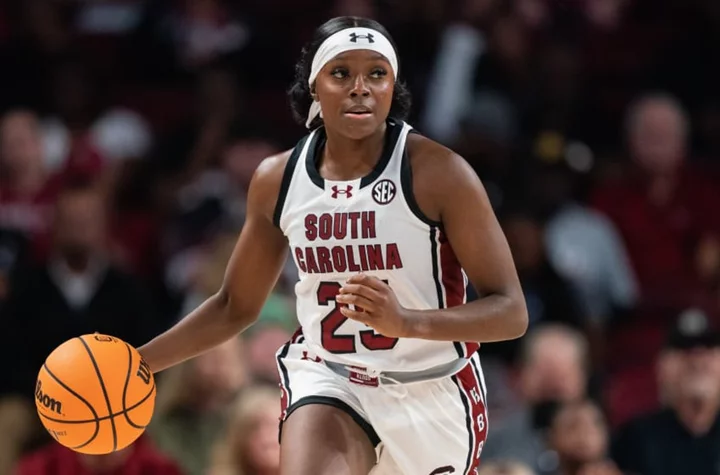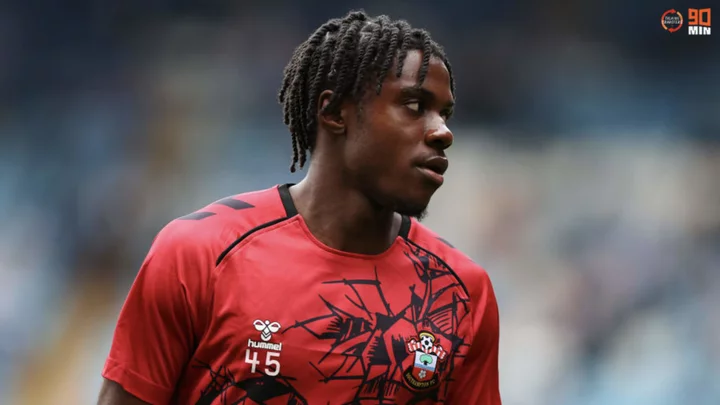Of the 20 teams lining up in France only one is making its first appearance at the World Cup - Los Condores of Chile.
The game, however, is not new to the playing fields of Santiago where the oval ball has been seen since British settlers set up home in the late 19th century.
Chile played their first international against Argentina in 1936 while the federation was set up in 1953.
It is relatively new, though, in La Pintana, one of the poorest areas in Santiago.
Juan Sepulveda had been introduced to the sport and in 2007 decided to set up a new team.
The Trapiales club got their inspiration and name from the indigenous Mapuche culture: 'Trapial' which means Cougar in Mapudungun, and there are several Mapuche descendants among the players.
At first they occupied a soccer field but bit by bit they expanded until the day came when they uprooted the football nets and replaced them with the 'H' of rugby.
Chile qualified for the World Cup by knocking out Canada, an established World Cup team, and then securing an aggregate 52–51 win over the United States, overturning a one-point deficit in the first leg with a 31–29 win in Glendale, Colorado.
They open their Pool campaign against Japan in Toulouse on September 10 before taking on Samoa six days later.
Their toughest tests are expected to come in their last two games, however, when they play 2019 runners-up England and fellow South Americans Argentina.
++ Ahead of the Rugby World Cup in France, Agence France-Presse asked 20 aspiring photographers from each country qualified for the competition to show one aspect of the rugby union culture in their homeland, with the help of Canon cameras who are sponsoring the tournament. From Namibia to Fiji via Georgia and Scotland this photo essay gives us a glimpse of the core values of rugby on five continents.
bsp/mw




